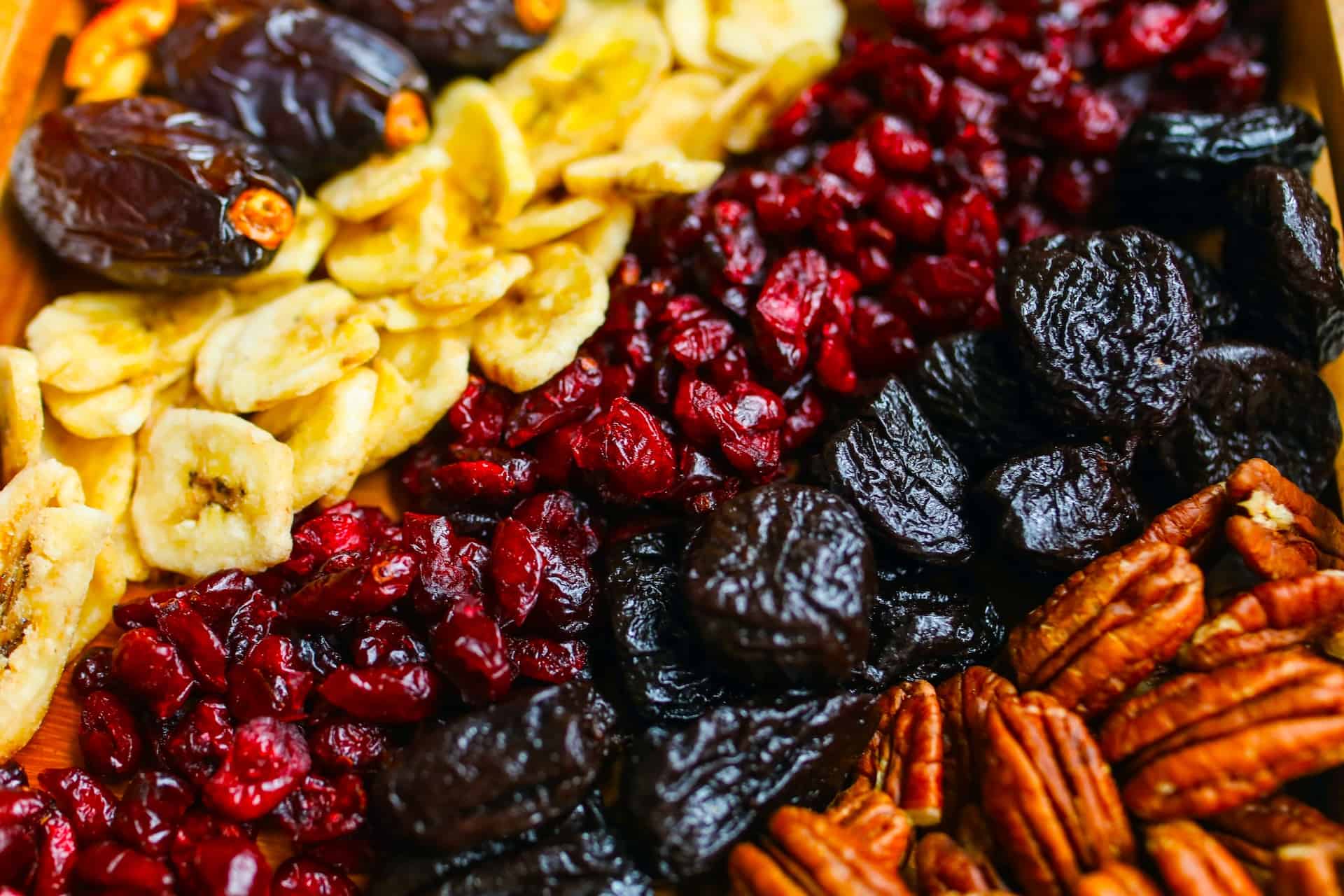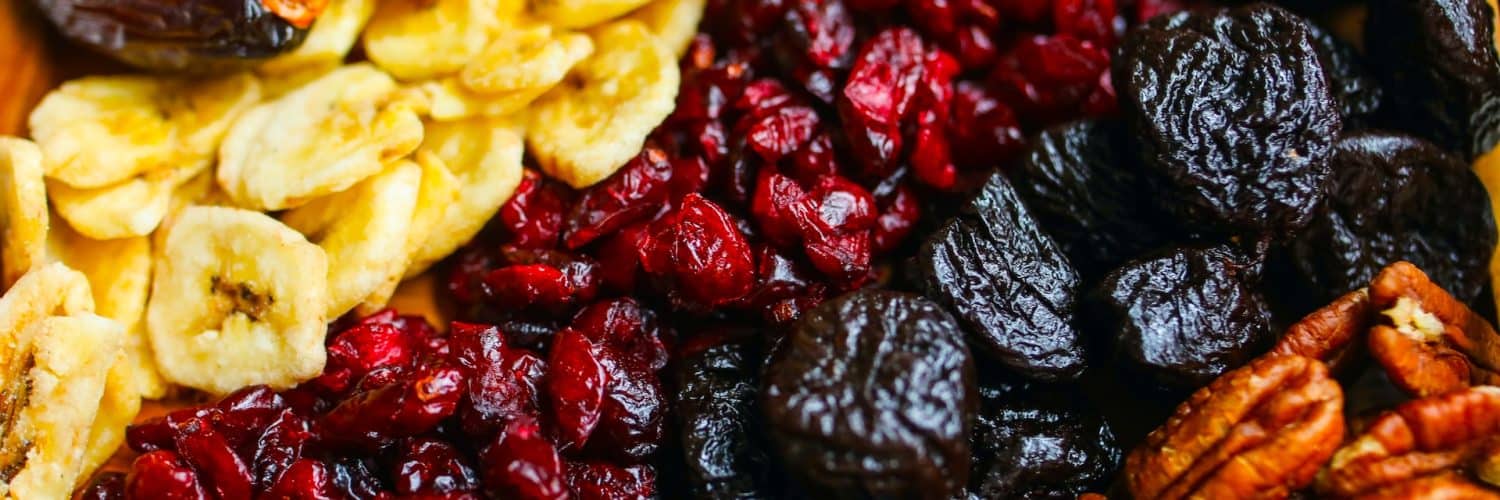Pasalubong is more than just a token or a souvenir; it’s a gesture of love, remembrance, and sharing. Each of the items highlighted above carries with it a piece of Filipino culture, tradition, and heart. Through the simple act of giving, Pasalubong strengthens bonds, fosters relationships, and brings joy, encapsulating the Filipino spirit of “Bayanihan” and community.
The Philippines, an archipelago blessed with diverse culture, traditions, and flavors, has a rich tapestry of customs and practices that have endured the test of time. Among these traditions, Pasalubong stands out as a gesture of warmth, love, and remembrance. Directly translated, “Pasalubong” means “something brought for someone when returning from a trip.” Essentially, it’s a souvenir or a gift that travelers bring back for their loved ones. This practice is deeply rooted in Filipino culture and is seen as a thoughtful gesture, symbolizing the traveler’s thought of their loved ones while away.
In this article, we will delve deep into the world of Pasalubong and highlight some popular examples that have become synonymous with this tradition.
1. Polvoron
Polvoron is a type of shortbread that is known for its crumbly texture and delectable taste. Made from flour, sugar, milk, and butter, this delicacy often comes wrapped in colorful cellophane, making it a perfect pasalubong treat.
A staple in Filipino celebrations, Polvoron has seen many variations over the years, with flavors ranging from the classic toasted flour to more modern adaptations like cookies and cream or matcha. It’s not just a treat for the palate but also a testament to the Filipino’s innovative spirit.

2. Dried Mangoes
The Philippines is renowned for its sweet, succulent mangoes. One of the most popular pasalubongs that tourists and even locals love to bring home is dried mangoes. These are sun-dried slices of mangoes that have been preserved to capture their natural sweetness.
Dried mangoes offer a chewy texture and a concentrated mango flavor. They’re often packed in resealable bags, making them convenient to carry and perfect for sharing. A bite into these fruity treats instantly transports you to tropical bliss, reminding you of sunny Filipino afternoons.
3. Barquillos
Barquillos are delicate rolled wafers that have a slight crunch and a subtle sweetness. Originating from the Spanish influence, this treat has become a favorite among Filipinos, especially in the Visayas region.
Light and crispy, Barquillos are perfect with ice cream or on their own. Their cylindrical shape and golden color are a testament to the delicate process of making them. Bringing Barquillos as pasalubong signifies not just the sweetness of the treat but also the sweetness of the gesture.
4. Panutsa
Hailing from the Ilocos region, Panutsa (or Peanut Brittle) is a caramelized sugar candy filled with peanuts. This crunchy and sweet treat perfectly blends the salty taste of peanuts with the caramelized goodness of brown sugar.
As pasalubong, Panutsa offers a taste of Northern Philippines. The clear and hard sugar candy contrasted with the peanuts’ texture represents the hard work and dedication of the Ilocanos, making it not just a sweet treat but a story of a region’s heritage.
5. Buko Pie
Originating from Laguna, Buko Pie is a traditional Filipino pastry filled with soft, young coconut meat and sweet custard. Its buttery crust and sweet filling make it a favorite among locals and tourists alike.
Buko Pie’s popularity as a pasalubong has led to numerous bakeshops specializing in this dessert. Bringing home a box or two signifies sharing a piece of Laguna’s best with loved ones, allowing them to savor a slice of this tropical paradise.
6. Yema
Yema is a sweet custard candy often made from condensed milk and egg yolks. Shaped into small balls and wrapped in colorful cellophane, this treat is a favorite pasalubong for children and adults alike.
Its creamy and milky flavor, combined with its melt-in-the-mouth texture, makes Yema an irresistible treat. As pasalubong, it’s a simple yet heartfelt way of letting loved ones know that they were in your thoughts during your travels.
7. Tupig
Tupig is a grilled rice cake made from glutinous rice, coconut milk, sugar, and sometimes topped with young coconut strips, then wrapped in banana leaves. A specialty from Pangasinan, it offers a unique blend of textures and flavors, with the smokiness from being grilled adding a distinct touch.
Presenting Tupig as pasalubong introduces recipients to a taste of Pangasinan’s rich culinary heritage. The combination of sweet and smoky flavors, encased in a banana leaf, is reminiscent of Filipino traditions and celebrations.
8. Banana Chips
For those craving something sweet and crunchy, Banana Chips are the go-to pasalubong. These are thinly sliced bananas fried until crispy and then coated with sugar or honey.
These chips serve as a more durable alternative to fresh bananas and are a favorite snack among Filipinos. As pasalubong, they’re a symbol of the tropical delights the Philippines has to offer, packaged in a form that can be enjoyed anytime, anywhere.
9. Chocnut
A childhood favorite of many Filipinos, Chocnut is a peanut-milk chocolate bar that offers a gritty, crumbly texture. Its distinct taste is a blend of sweet chocolate and nutty peanut, making it a unique Filipino treat.
Handing out Chocnut as pasalubong is akin to sharing a piece of one’s childhood memories. It’s a nostalgic treat that bridges generations and resonates with Filipinos from all walks of life.
10. Pili Nuts
Native to the Bicol region, Pili Nuts are known for their rich, buttery taste. They can be consumed raw, roasted, or turned into various products like candies, pastries, and even spreads.
Offering Pili Nuts as pasalubong showcases the best of Bicol’s natural resources. Their rich taste and versatile nature make them a beloved treat and a fitting representation of Filipino warmth and generosity.







Add comment